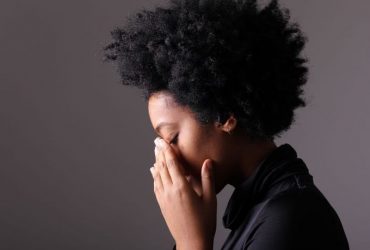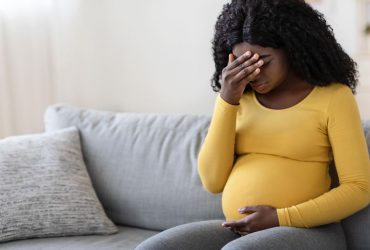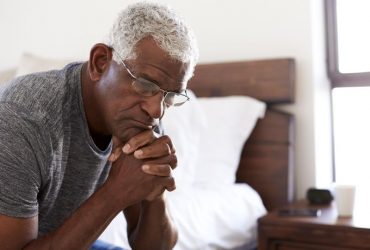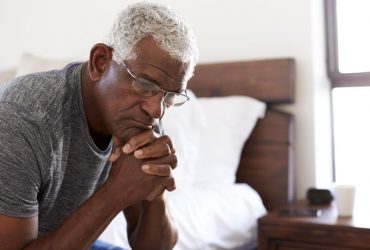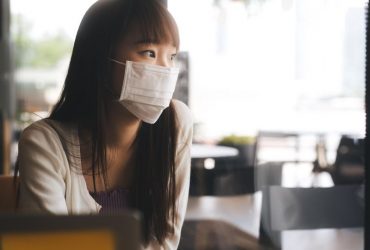Non-Hispanic Blacks also have highest rates of emergency department visits for specific disorders, including substance use, anxiety, mood disorders
Highest age-adjusted 2021 suicide rates and highest relative percentage change seen for American Indian or Alaska Native persons
Authors say respectful maternity care may help address maternal morbidity in Black women
Barriers to health care access and other socioeconomic factors may increase vulnerability in racial/ethnic minorities
SCD associated with increased rates of incident dementia over time in multiracial population, Latinx, non-Latinx Black individuals
Positive screens for depression or anxiety more likely for racial/ethnic minorities well into the pandemic
Overdose rate in 2020 nearly seven times higher for Black versus White men aged 65 years and older
Additionally, pandemic stressors, like unemployment, tied to infections and preterm births
Such interventions may help address known sleep health disparities, the authors say
1999 to 2019 saw increase in mortality rates for opioid-only and opioids in combination with other substances


